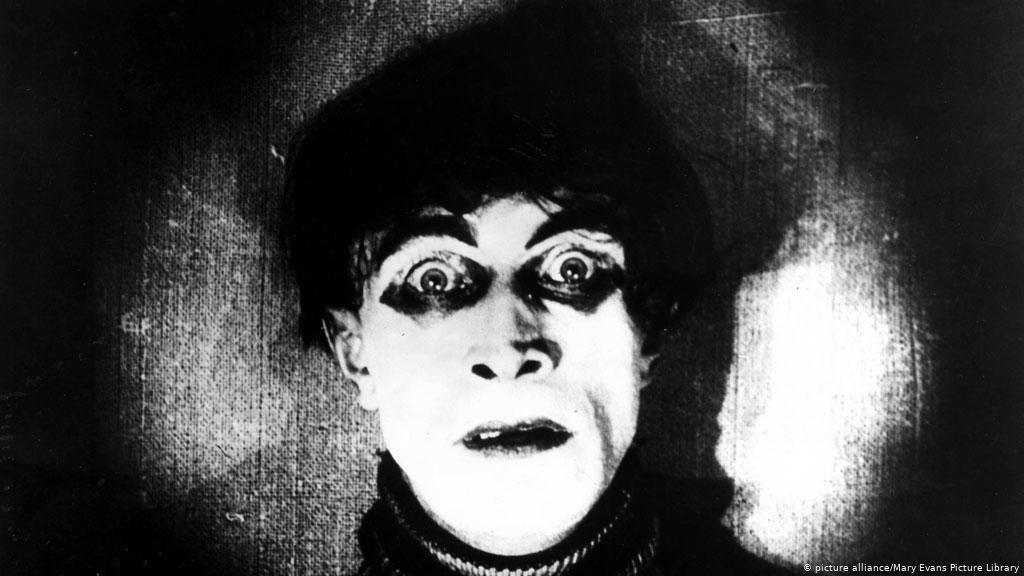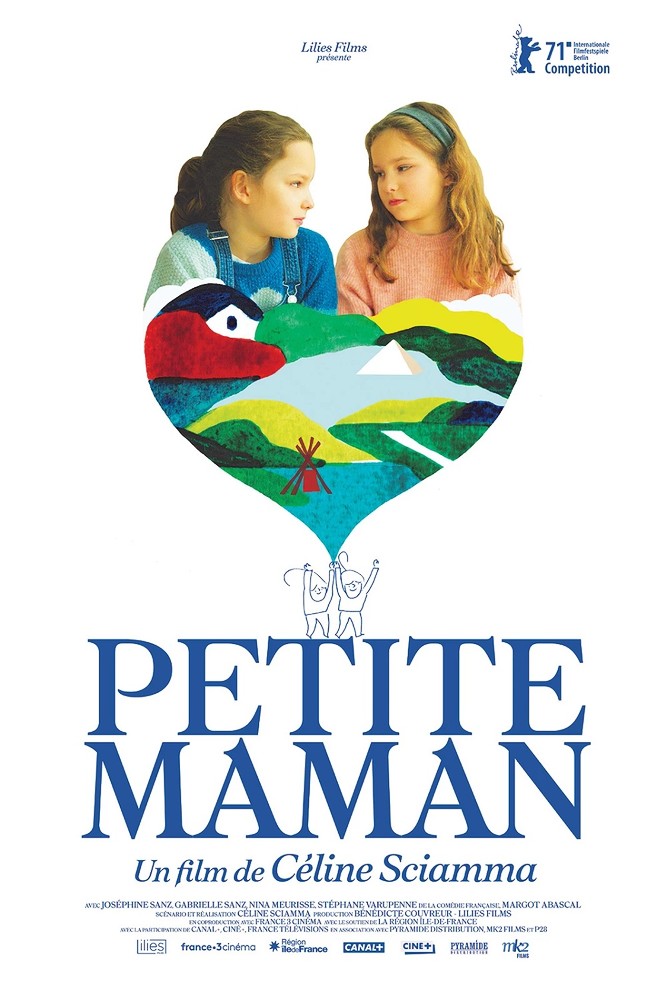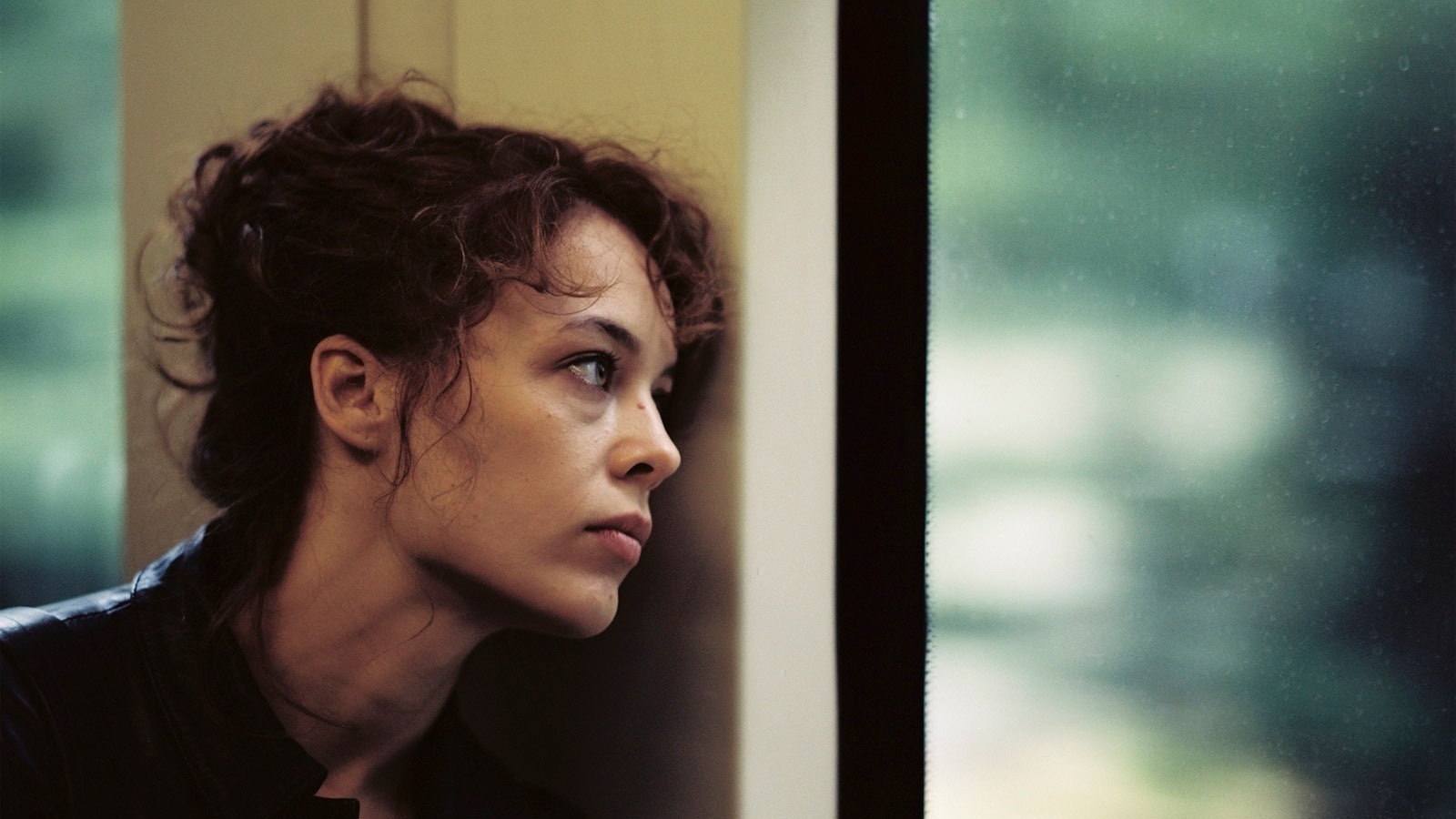
Our pick from Austria.
A quiet, disturbing horror story, this film allegory cleverly examines troubled families, questions around the binary, self-otherness, and the stages of grief, all of this, with a highly unconventional, if clever approach. Blending minimalist storytelling with complex themes at its core, the film unapologetically manipulates its audience: it does this with enough dexterity and craft that we just don’t care. We let the story unfold with an open mind (but not as open as this film requires it) and with enough heart (but heart doesn’t deter the narrative punches we get). As challenging as it is, it surely deserves a view.
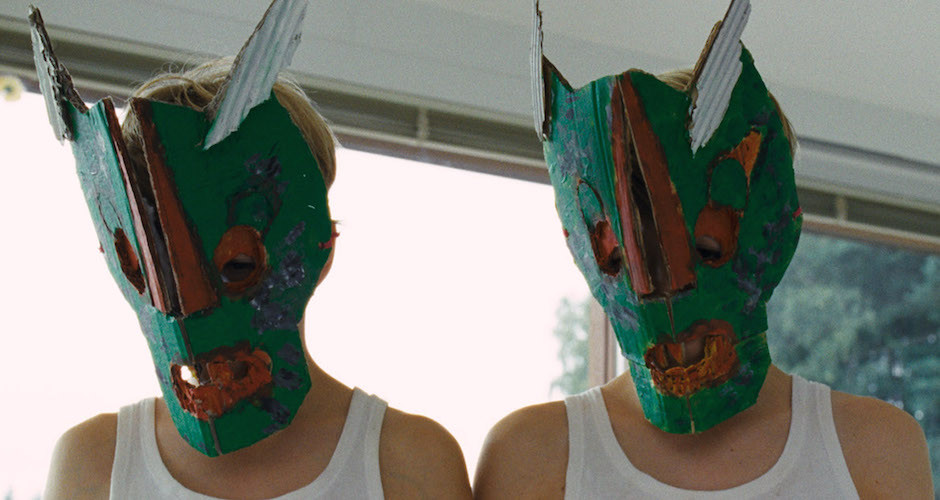
The setting is pretty clear. Two twin brothers, about 9 years old, spend the days in a reclusive home in the woods. They welcome their mother, who seems to have been away for a while and who is recovering from some sort of plastic surgery. Her face is covered with bandages. Apparently, she was deeply injured in an accident. Her husband has abandoned her. Both boys, Lukas and Elias, are suspicious of “Mom”. She seems distant, cold and even mean. She ignores Lukas. She verbally harasses Elias. She forces the children to hide any sunlight with curtains and to be quiet in the house. The audience starts to believe she might not be who she claims to be.
There seem to be three key concepts within Goodnight Mommy. First, there is the quest of identity. Second, how this quest interacts with the physical, with body parts and its alterations. The third one is about filial love and how it is affected by tragedy, grief and loss. Thankfully, the directors grim and dreary approach allow us to comprehend these three concepts and see them interact and intersect with each other.
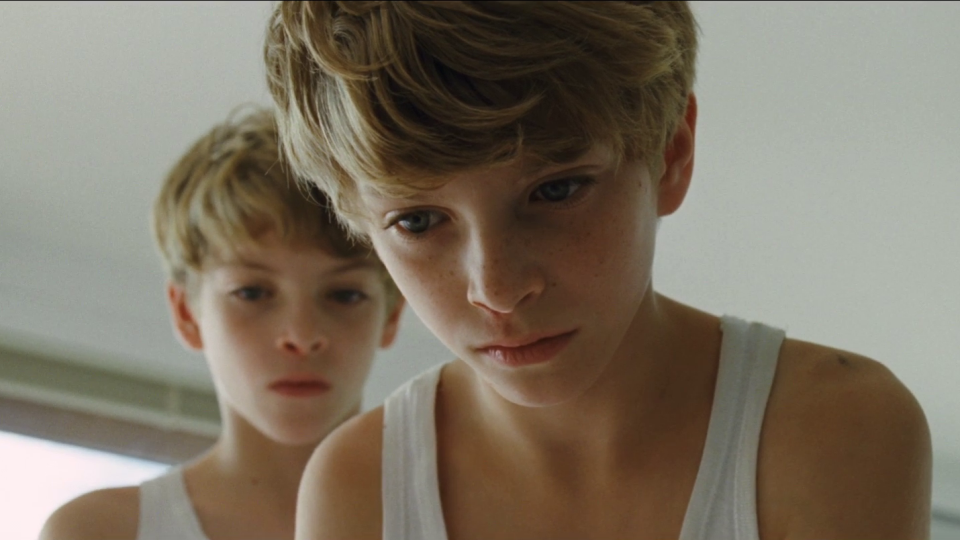
The quest of identity is determined by the intersection of memory, self-awareness and affection. Consider how the filmmakers constantly trick our perception. We experience the film through the eyes of both twins, and therefore we are let to believe that “Mom” is an impostor and that she probably has some sinister motives with the children. We see her as cruel, authoritarian and heartless. But, are we suppose to see the story that way? “Mom” has just come from a reconstructive surgery, the result of a horrible accident. She has been left alone with her two kids. She is obviously carrying a lot of pain. No wander she cannot be the mother she has always been. Notice how none of these factors depend on the massive twist we are given in the end. Again, it is just a matter or perception.
Why do we tend to believe that “Mom” is the villain? I think is a matter of gender bias. We have been socialized with a strict concept of motherhood. Mothers have to be loving, comprehensive, sweet, always attentive with their children and ready to put on a smile when things turn blue. I don’t think this is a inherent neglectful stereotype, but the issue is that we tend to demand women to always comply with it. In this case, it is pretty obvious that there are objective reasons for “Mom” to not be this way. And yet, we judge her.
Identity depends on cultural and emotional assumptions, which sometimes remain unchallenged, often to dramatic results. Identity sometimes feels like a burden, just like “Mom” feels. The quest of identity is also explored by the common theme of duality: two mother, twin sons, present and past, pre and post operation. Characters in the film construct themselves and are constructed based on the others (this rings true when we find the truth about the twins) and these constructions are in constant conflict with each other.
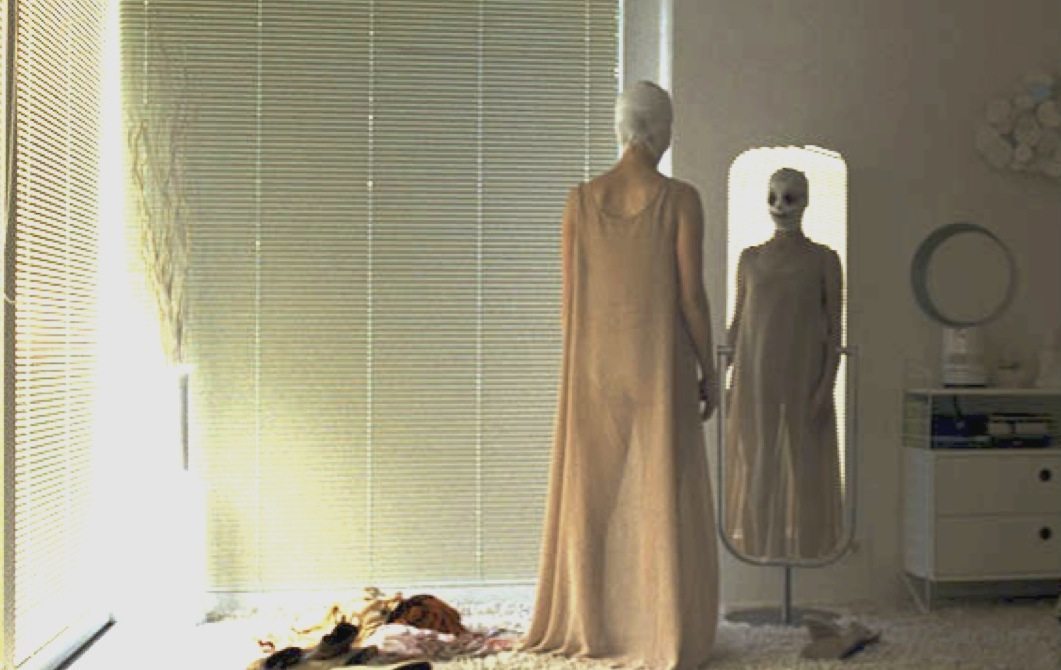
The quest of identity is embedded in our conception of the body. In this case, a body alteration means a stigma: means you cannot be recognized after the change. “Mom”´s identity is challenged due to the assumption that she is not who se claims to be, because she doesn’t look that way anymore. We seem to be constrained by our bodies. With the twins, bodies become a crucial matter: once they lightly alter their bodies, it is hard to recognize one from the other. This is another way in which the filmmakers play with our limited perception. We tend to excessively focus on body parts as identifiers that we miss other details. To know how is Elias and who is not, bodies are often confusing, if futile.
Filial love seems to tie both identity and body matters together. The love between two twins, a special bond due to the time they spend together and the biological and cultural implications of their pairing, seem to be the reason of Elias´ pain. This is the main motivation for his cruelty and ultimate denial. This sort of grief, the one that cannot be easily conceived (how can a mother cope with the dead of an infant child?) tend to reign over all. It makes deeply vulnerable and it forces us to find shelter in whatever makes sense for us. This often means to explore our darkest fantasies and inner desires, as is depicted here.

The filmmakers’ style is reminiscent of that of another Austrian auteur, Michael Haneke. It conveys a sense of horror and awe that works only with strict and minimal details. This is the horror of the ordinary, shown without any background noise or special tricks; beautifully shot in film to get a grainy, timeless look; shote in one set that often feels to be narrowing down as the story progresses. As it is ordinary, the audience might find it more believable and therefore more terrifying. Once again, horror is the perfect excuse to deal with marginalized emotions and disturbing conditions.
Alright. There is not much of a lesson in Goodnight Mommy apart from the main idea of challenging assumptions and embracing grief. But, as it often happens with so many great films, we cannot get this one out of our system. It might be its convoluted final act, its unique take on motherhood or its unnervingly beautiful design, a stylized nightmare.
Well. Those are some pretty puzzling adjectives. They are worth it.
